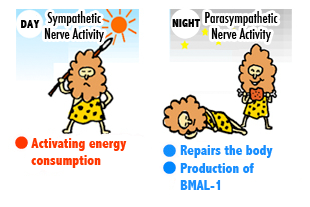In order to extend people’s lifespan, Denmark has adopted a fat tax effective October 1, 2011. The tax will be placed on food products that contain too much animal oil and fat, such as butter. The government decided in March to adopt this tax in order to prevent lifestyle diseases throughout the nation. This is the first tax on fatty foods in the world.
Over the past 50 years, more studies have been done on fatty acids and we have more information on how each fatty acid works in our body. Such information leads us to understand how we can intake fatty acids in healthy ways.
It is well known that saturated fatty acids contain animal oils and fats which increases our cholesterol. However, unsaturated fatty acids, such as linoleic acid which is found in vegetable oils and fats, help us reduce cholesterol. When the tax announcement was made, corn oil, soybean oil, and margarine which all include lots of linoleic acid became in stronger demand.
How can we easily tell the difference between unsaturated and saturated fatty acids?
Generally, food products that contain saturated fatty acids are solid at room temperature, like butter, while others are liquid. For a long time, it was believed that liquid oils were better for your health than solid ones. However, recent studies tell us that linoleic acid, although it helps us lower cholesterol, reduces LDL, also known as “bad” cholesterol, as well as HDL, or “good” cholesterol.
Besides this, the Hungarian government has decided to adopt a junk food tax on high calorie food products such as potato chips, snacks, and soft drinks. WHO commented as this being the second tax on food, following Denmark.














































